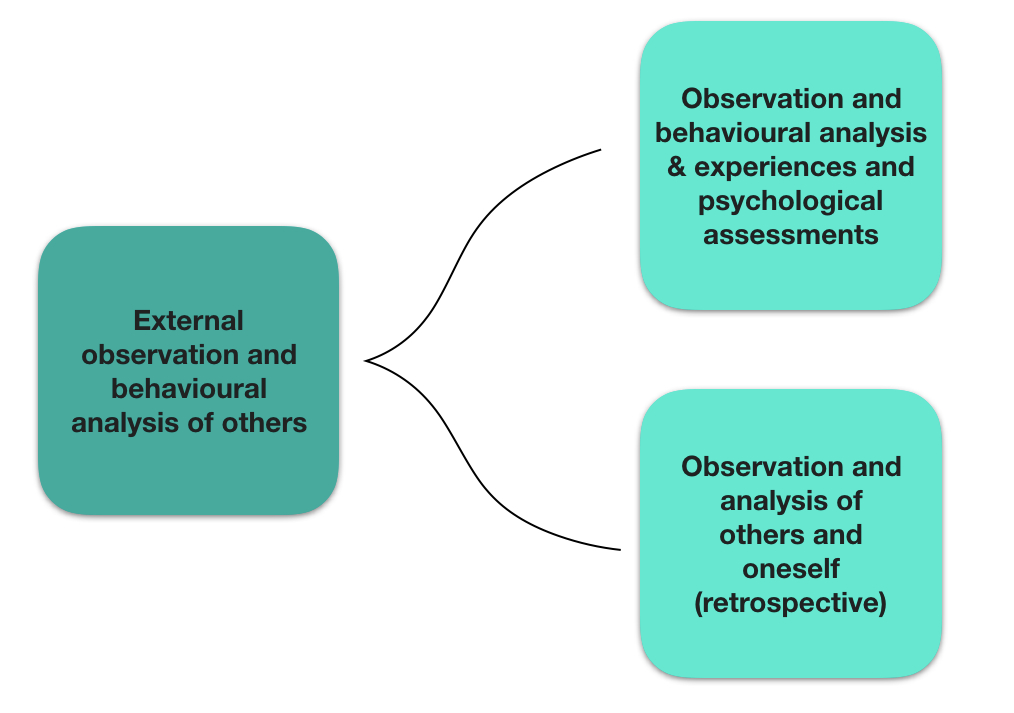After having explained how open-ended and closed-ended questions work and the contexts in which they are applied, we return in this article to the Critical Incident Technique as part of market research, using the Sage Encyclopedia on methods for qualitative research.
Summary
Background information on the Critical Incident Technique
The Critical Incident Technique (CIT) is a qualitative study method derived from industrial and organisational psychology aimed at detecting a critical incident.
Developed by John Flanagan, this method is defined as a set of procedures designed to collect observations of human behaviour from simplifying their transcription into decision-making processes and in particular to improve problem-solving. Critical Incident Techniques have been known and used for over 50 years, and are not limited to one specific sector or context. It can indeed be found in job analysis contexts, but also in marketing, education and market research.
Developments in the Critical Incident Technique
The applications of Critical Incident Techniques have diversified over time. Initially, based on behavioural analysis, it now includes the study of experiences or psychological conditions. Moreover, it no longer only integrates external analysis but also retrospective self-analysis.
These developments have proved beneficial in many case studies. However, it is still necessary to ensure the objectivity of subjective data analysis and thus to put in place an analytical framework and observation and analysis control points.
The 5 steps to follow when carrying out a Critical Incident Technique
Step 1
Define and validate the objectives of the activity or psychological construction to be observed and analysed.
Step 2
Establish a framework and focus points such as the types of situations to be observed, the experiences or circumstances relevant to the study, the effects of an experiment or situation on the objective, the mode of operation (external observation or retrospective analysis).
Step 3
Collect the data, whether in a daily context and observation “live” or through a narrative. In the latter case, the context of an interview must, of course, be supervised and monitored.
To be noted:
A Critical Incident Technique (CIT) study is not quantified by the number of respondents but by the number of critical incidents reported, observed and analysed.
Step 4
Analyse the data by applying a skeleton of references and verbatims, categories in which to classify them before determining their level of importance and relevance.
Step 5
Interpret the data and report the results. The following 9 points should be checked, to ensure the relevance and credibility of the interpretations made.
- Audio and video recordings of the interviews, to confirm and verify the statements and facts.
- The degree of fidelity to the interview guide.
- Extraction of critical incidents external to the interview.
- The completeness of an event, i.e. when the discussions no longer bring new themes.
- Participation rate: a critical incident must be typical to more than 25% of respondents to be considered valid.
- The classification of critical incidents into categories should ideally be done by a neutral person
- Cross-checking by respondents, making it possible to verify the integrity of the comments made and validate the classification by category.
- The opinions of experts, who take a fresh and critical look at the data collected.
- The theoretical agreement highlights the links (positively or negatively determining) between the literature review and the cases studied.
Image : Shutterstock
Posted in Misc..
